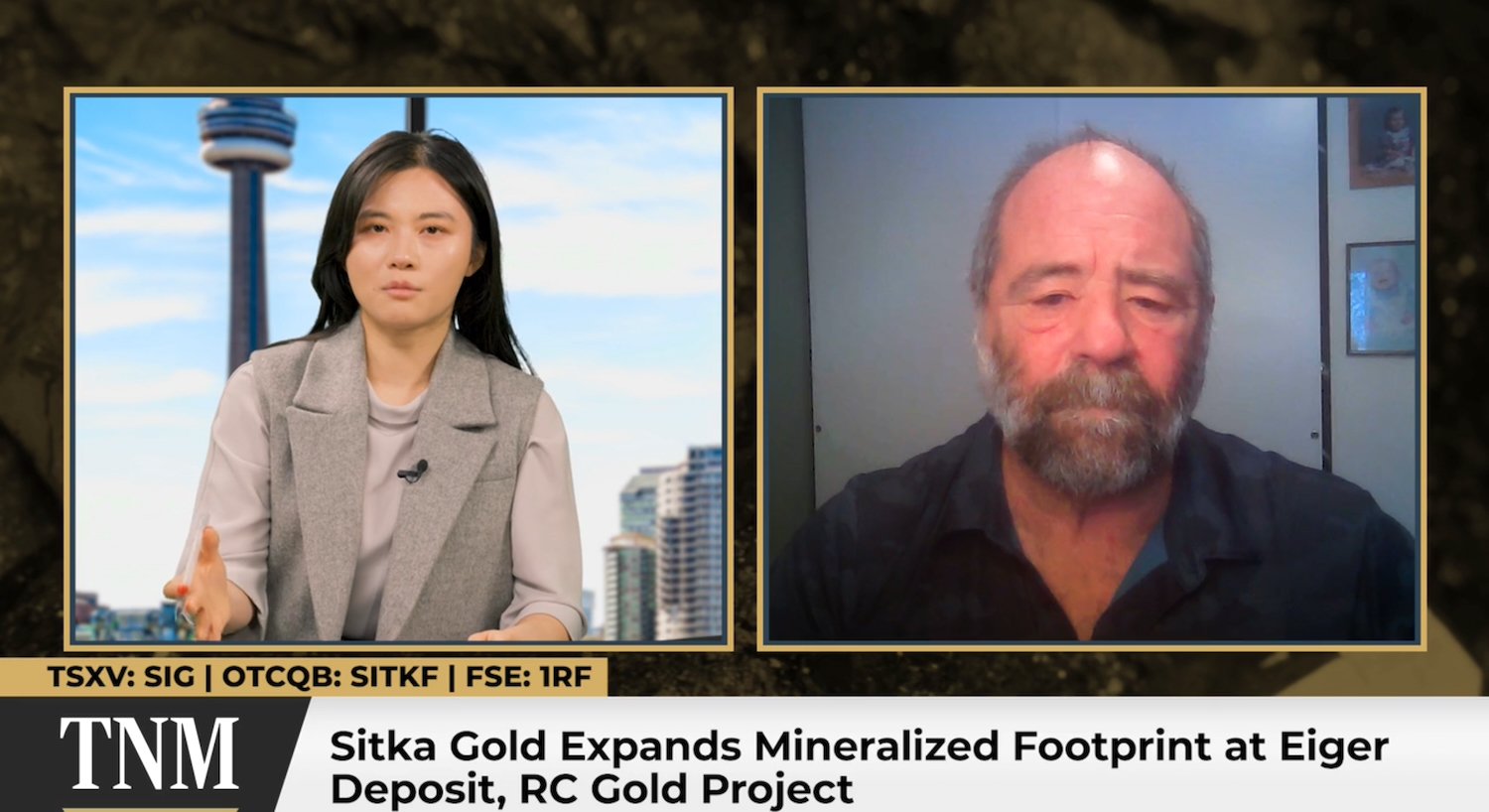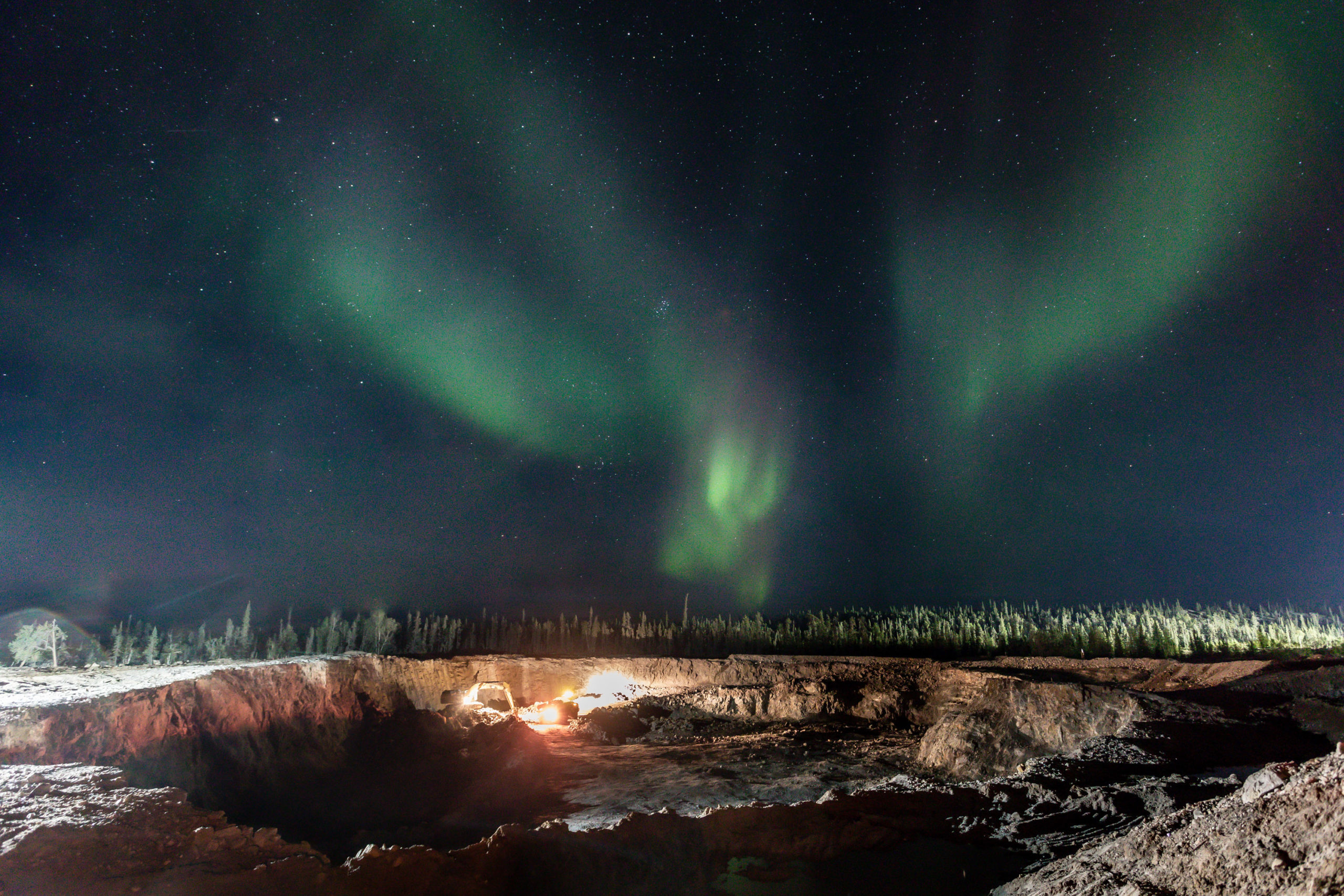However, profitable mining entails balancing more than just the cost of travelling across a distance, and any asteroid mining operation must take into account the expense of the rendezvous—slowing the spacecraft down once it arrives—as well as the cost of shipping the ore back to a processing facility.
The cost (and weight) of the fuel needed to rendezvous is among the most critical parameters in the feasibility calculation. It is mainly determined by the parameter “delta-V,” a measure of the kinematic requirement of accomplishing a spacecraft maneuver, and is usually cited in units of kilometres per second. A rendezvous with an especially favourable NEO from a spacecraft in low-earth orbit involves a delta-V of about four kilometres per second.
But accessing asteroids in the Main Belt typically involves a delta-V of about seven kilometres per second, which leaves them energetically very difficult to reach from the earth.
Phobos, however, orbits about six thousand kilometres from Mars’s surface and offers a lower delta-V to the Main Belt asteroids.
According to Elvis, McDowell and Taylor, Mars itself offers some added orbital advantages because unlike the earth, whose orbit is nearly circular, Mars’s orbital eccentricity and inclination also provide a lower delta-V path to the asteroids.
The authors, thus, suggest two-burn and three-burn scenarios (referring to the number of rocket ignitions needed) to accomplish a rendezvous, and they develop a computer code to calculate the energetics for known asteroid orbital classes. The results show potentially very significant reductions in the costs of exploration.
Whether or not a mission ultimately makes financial sense depends on many other factors but, in the researchers’ view, the concept of launching and then returning to an operations center based in a Phobos-like orbit, or even on Phobos itself, is relatively convenient and advantageous.



